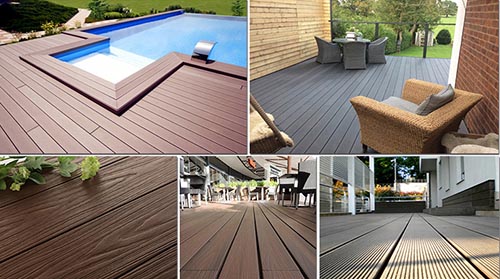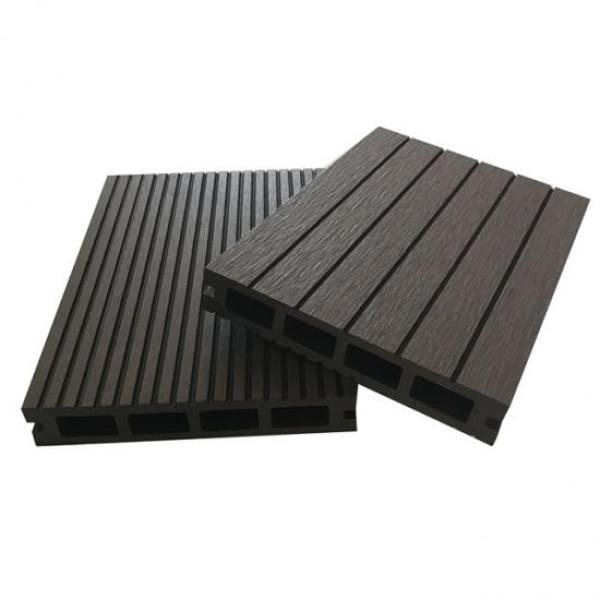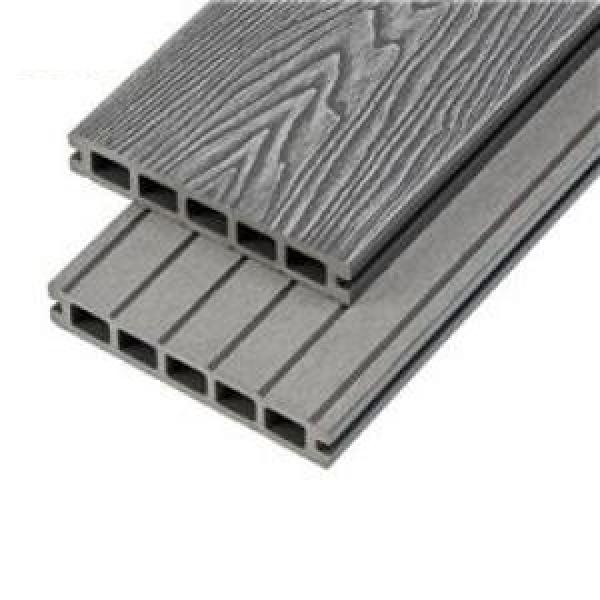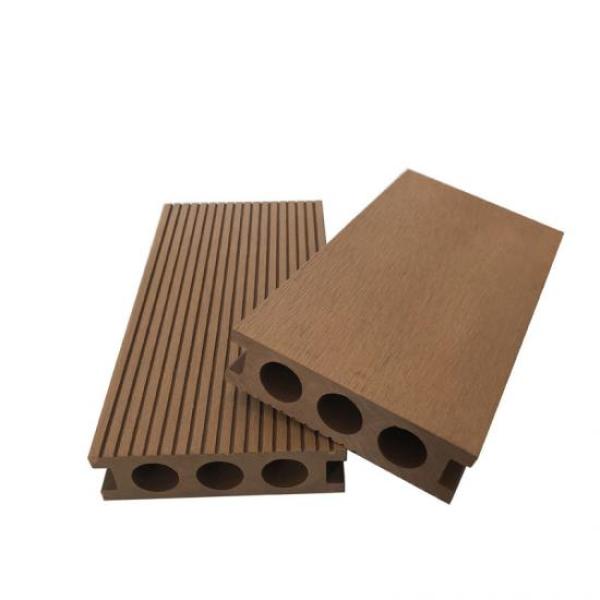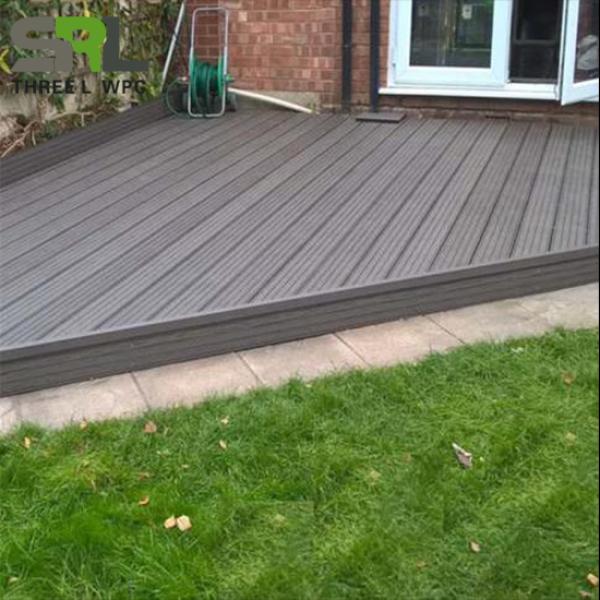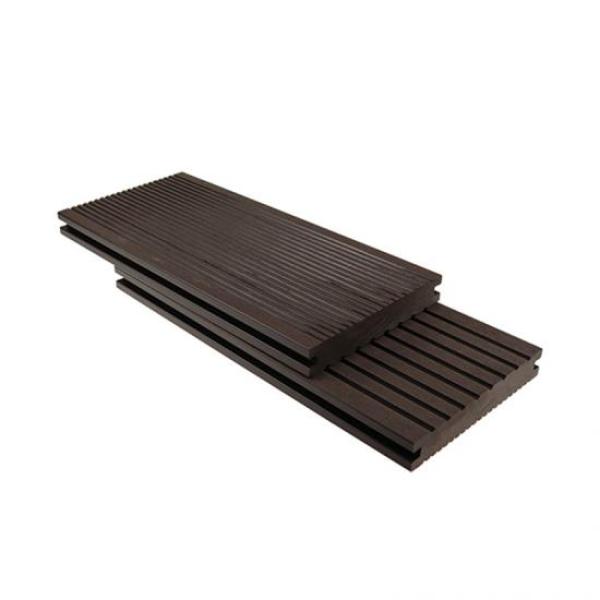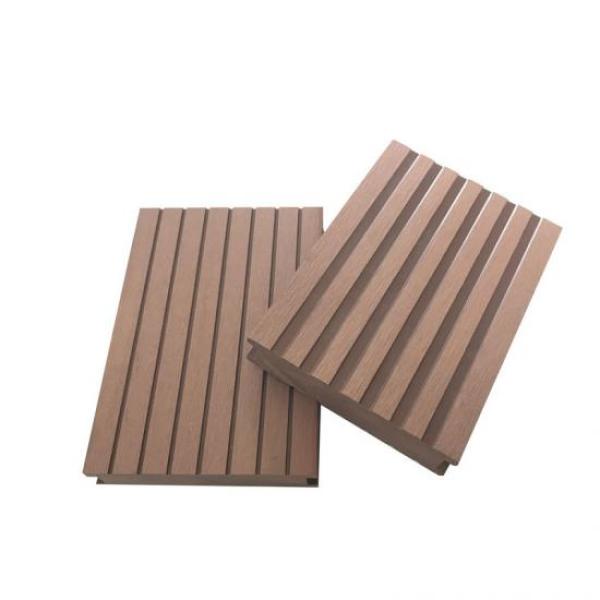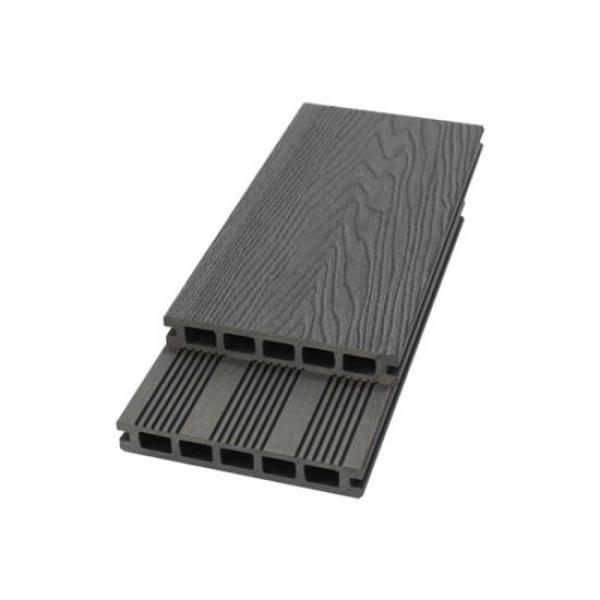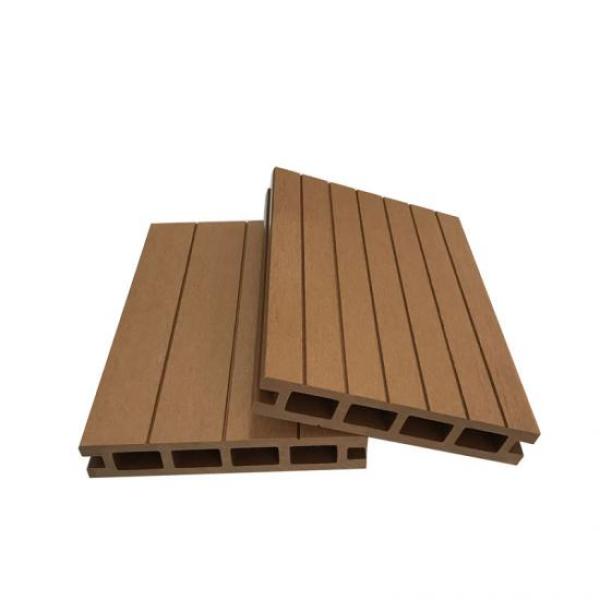Different types of wood plastic composite decking
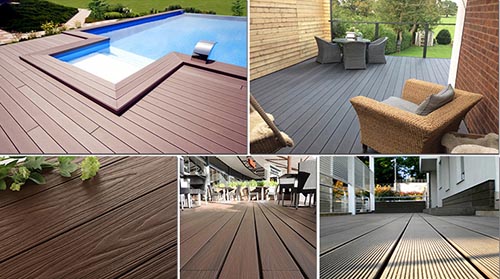
The different wpc decking products made by senrui & avid new materials technology CO., LTD, consist of wood fibre and environmental-friendly thermoplastic binding agent, contributing to a sustainable environment.
Due to the limited costs because of the pandemic, polyvinyl chloride, plastic composites, plastic lumber, wood composites, high density polyethylene, and wood plastic composites wpc were challenging to find.
Thus, alternatives had to be considered for any construction project. Products such as natural fibers, plastic lumber, and wood flour were highly sought after by the construction industry in order to replace flooring. Even peanut hulls were asked for the shells of peanuts and recycled plastic!
Since it has started to be used, WPC plastic flooring has gained massive recognition among many other construction products. Unlike many of its predecessors that have inorganic and mechanical properties, it is made of natural wood plastic composites.
These wood plastic composites are carefully crafted using natural lumber and recycled plastic by professionals in the plastic lumber industry, devoid of many mechanical properties and procedures.
As one of the most essential building and structural components, flooring have been around for quite a while.
Let us introduce our different wpc decking boards to you!
Firstly,according to production process , wood plastic decking is generally divided into first generation extruded wood plastic and co-extruded wood plastic (second generation)
1.first generation WPC
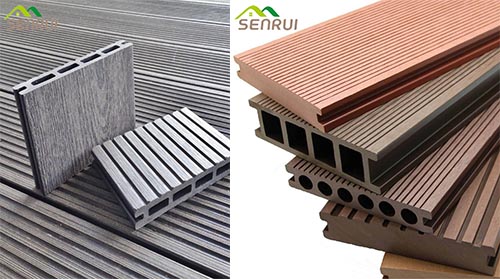
first generation WPC is closer to real wood in appearance, lower cost, and is the most commonly used style. This polymer matrix is made from several processed which involves injection molding.
First, it uses one cylindrical figure to strategically push a plastic material through a small profile die. During this process, thermal expansion are one of the mechanical properties bound to occur in this plastic lumber.
The solution is cooled to lower temperatures, and it is mixed with wood substances such as wood flour to form a plastic lumber. Finally, finishing touches are made on the WPC, and final processes like injection molding is applied.
2.Co-extruded WPC
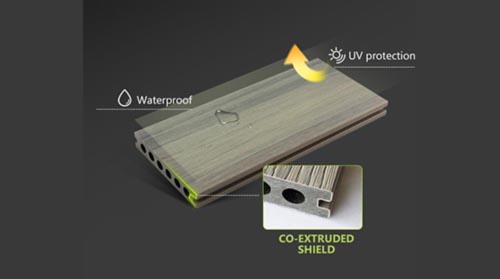
Co-extruded WPC undergoes many of the same processes as single-extruded WPC when you want to make it. It can be made at a relatively low cost, and has high thermal stability in its final shape and rot resist.
Co-extruded WPC is a new style in recent years, with an additional HDPE plastic layer on the surface, which increases the service life of WPC to 25-40 years, and has a better touch. No additional cleaning reagents are needed, just water.
You can get plastic from new materials, recycled plastics, or recycled materials.
Secondly,WPC decking is classified according to the cross-section of the profile; there are two types of solid decking and hollow decking. Solid composite decking compared to hollow type decking, the former is a greater self-weight.
Generally, the same specifications relative to the strength of the hollow type. And hollow decking using a hollow structure, the self-weight is much smaller, more portable, both cost-effective.
1.Solid Decking
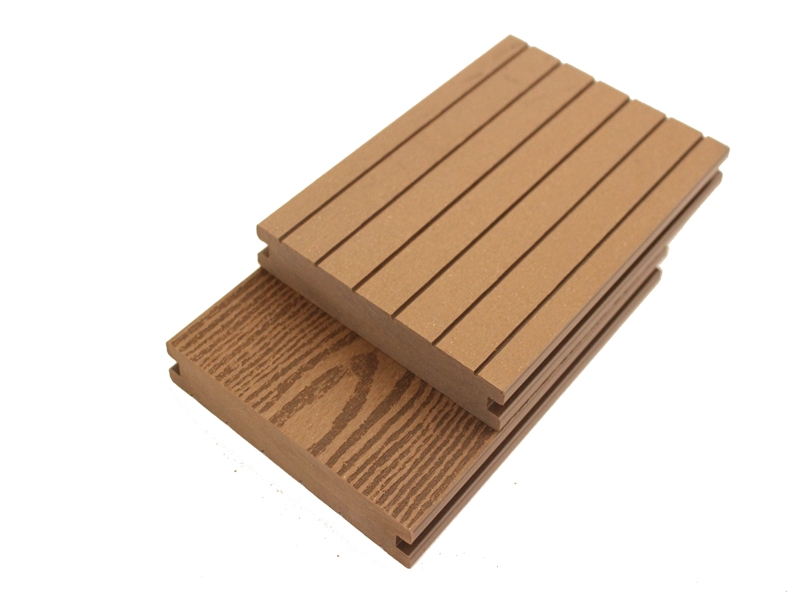
Solid decking compared to hollow flooring, the former is a greater self-weight, generally the same size relative to the hollow flooring strength
2.Hollow Decking
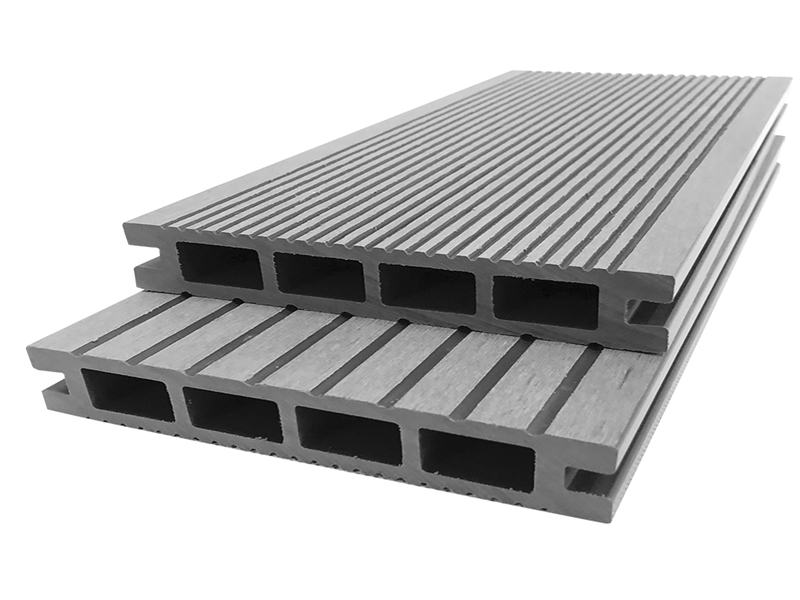
hollow flooring using a hollow structure, the self-weight is much smaller, more portable.
Thirdly,according to the surface treatment process classification: 3D three-dimensional pattern, hot stamping pattern, non-slip groove .
The groove is the most common surface, which can play a good anti-slip role due to the high-density polyethylene and recycled plastic and its derivatives like acrylonitrile butadiene styrene.
The 3D pattern is the best-selling surface technology in the European market, the three-dimensional process allows the pattern to be permanently maintained, and visually more beautiful, Co-adding vitality and dimensional stability to the building.
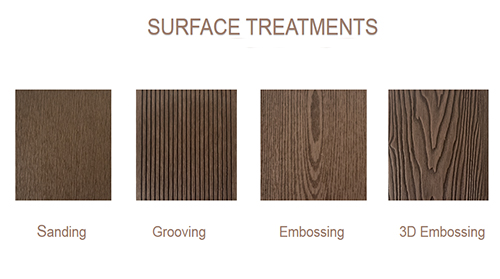
1.Non-slip Sanding/Groove
Grooves are the most common surface, which can play a good role in anti-slip.
2.Embossing
Stamping pattern is the advanced version of the groove, more beautiful but the disadvantage is that after 3 months of wear and tear use will have peeling.
3.3D embossing
3D means three-dimension.3D embossing is the best-selling surface technology in the European market, three-dimensional process so that the pattern can be permanently maintained, and visually will be more beautiful, adding vitality to the building.
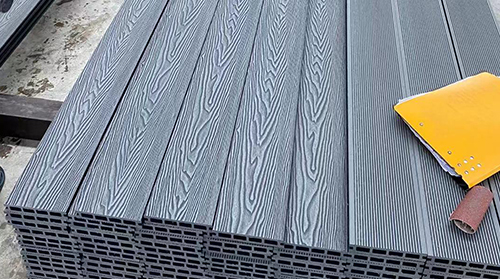
Plastic wood and wood plastic composite has the advantages of better corrosion resistance and less water absorption than traditional solid wood particles and wood plastic composite wpc.
Plastic lumber flooring and lumber particles is more suitable for outdoor use according to many manufacturing facilities.
If you are interested in purchase wpc decking boards from China,please contact us for more information.We have more than 200 kinds of models for choosing.
Email: [email protected]

 English
English Japanese
Japanese Spanish
Spanish German
German Russian
Russian Arabic
Arabic Portuguese
Portuguese French
French Korean
Korean Thai
Thai